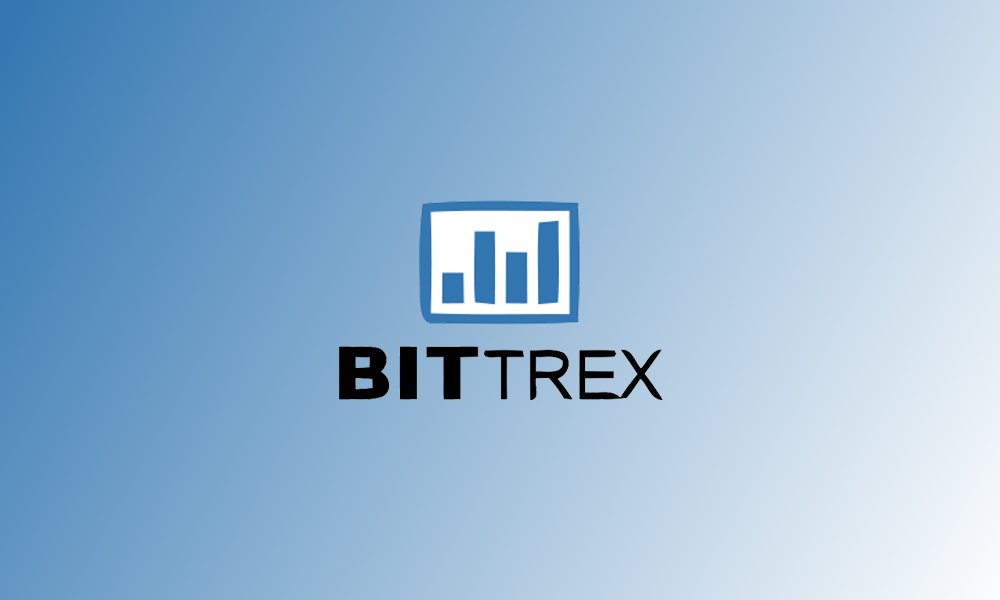The world of cryptocurrency is always full of surprises. Bittrex, one of the top altcoin exchanges, is upping the ante by pairing stablecoins with one another. Its USDT-TrueUSD pair is certainly controversial, as it seemingly serves no real purpose at first glance.
What is Bittrex Trying to Achieve?
These days, stablecoins are a lot easier to come by. All of these currencies are pegged to the US dollar or another major fiat currency, and they will always retain their pegged ratios. We have seen various creations of this sort, although some of them are far more popular than others.
Most people in the cryptocurrency world are all too familiar with USDT. The currency, created by controversial company Tether, maintains a 1:1 peg with the US dollar. Unfortunately, Tether’s USDT has received a lot of criticism over the past few months, mainly due to the company’s delay in undergoing a proper independent audit.
Not that long ago, a new contender suddenly emerged. Big was everyone’s surprise when the Bittrex exchange announced it was implementing a stablecoin called TrueUSD. Although it offers the same functionality as Tether’s USDT, Bittrex seemingly sees a lot of merit in TrueUSD as of right now. By supporting both stablecoins, the exchange has certainly taken an interesting turn.
To make all of this more intriguing and conflicting, Bittrex has now linked USDT to TrueUSD with a brand-new trading pair. It makes no sense to let two stablecoins trade against one another, although it does allow for easier conversion between the two. It’s a rather unique idea by Bittrex, albeit one that will face a lot of criticism and raise a ton of questions.
In a way, this new trading market will have some interesting consequences. It is certainly possible a lot of people looking to get out of USDT will give TrueUSD a try. At the same time, both companies still have a lot to prove in this regard. It seems the main difference between the two currencies is that TrueToken – the parent company of TrueUSD – claims it will focus on regular auditing and legal protection, whereas Tether does not as of right now.
Whether or not people will care all that much about this new market is a different matter altogether. With these two stablecoins now pegged to one another, it will be interesting to see how all of this plays out in the coming weeks and months.

